ARP (Address Resolution Protocol) is a Layer 2 Protocol. Layer 2 uses Physical addresses (MAC addresses) for the communication. Here, ARP Protocol is used to convert a given IP address to the related hardware address (MAC Address) to provide this. This important duty makes this protocol a key protocol for Ethernet based networks.
Basically for the transfer of the IP packets in a network, beside the IP adddress, the destination hardware address (MAC Address) also must be known by the sender (Source). If this destination MAC Address is known, then the source can send this packet to the destination. But if the destination MAC Address is not known, before the transmission, it must learn this MAC Address.
Table of Contents
How does ARP Works?
We can explain ARP (Address Resolution Protocol) operation in three different case. These three different case also has its own ARP type. These cases and the ARP types are:
• ARP (ARP Operation in a Network)
• Proxy ARP (ARP Operation Between Networks)
• Gratuitous ARP (Duplicate IP Check)
The first case, is the basic ARP Protocoloperation in a single network, in one broadcast domain.
The second case, Proxy ARP, is the ARP operation between one more broadcast domains. Proxy ARP enables data link discovery between networks.
Lastly, Gratuitous ARP. We use Gratuitous ARP to check if any dublicate IP exist in the network.
Let’s explain these ARP cases.
ARP Protocol Packet
ARP Packet is consist of some main parts. Below you can find these parts.
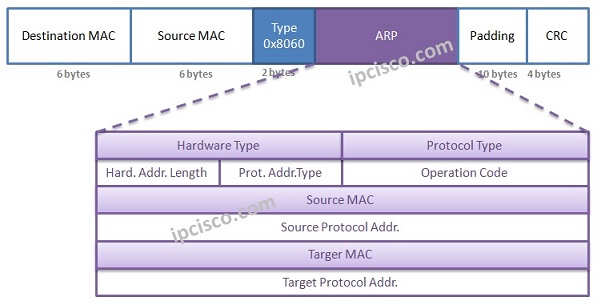
ARP Protocol Operation
We can explain ARP Operation in some basic steps. Here, for the explanation of ARP Operation, we will use an example. Our example topology will be like below:
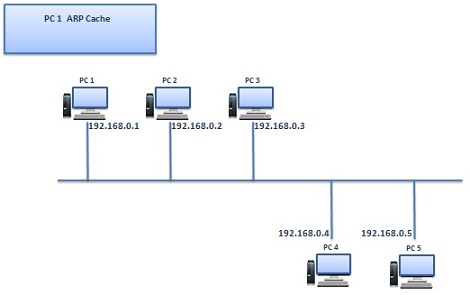


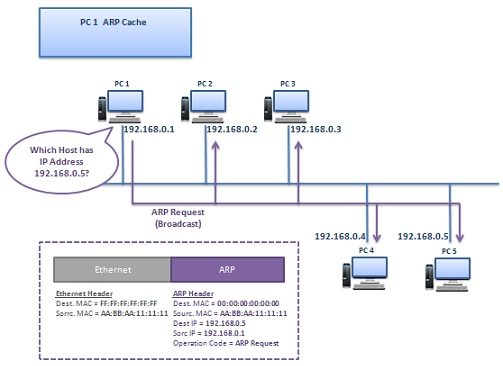

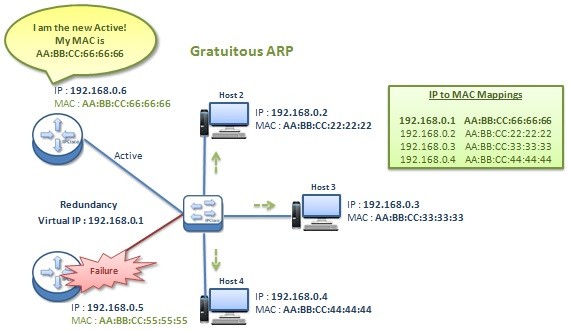
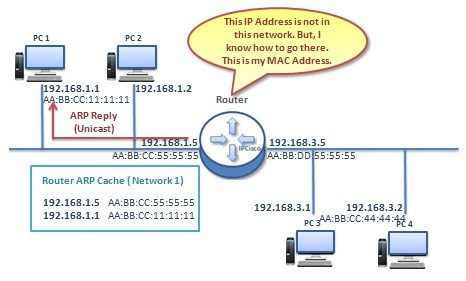
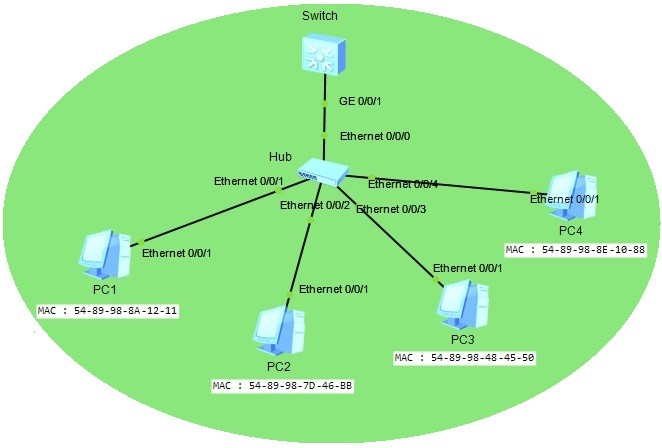

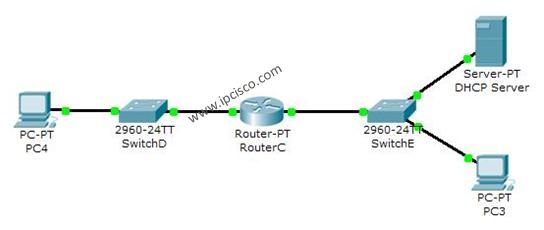





Leave a Reply